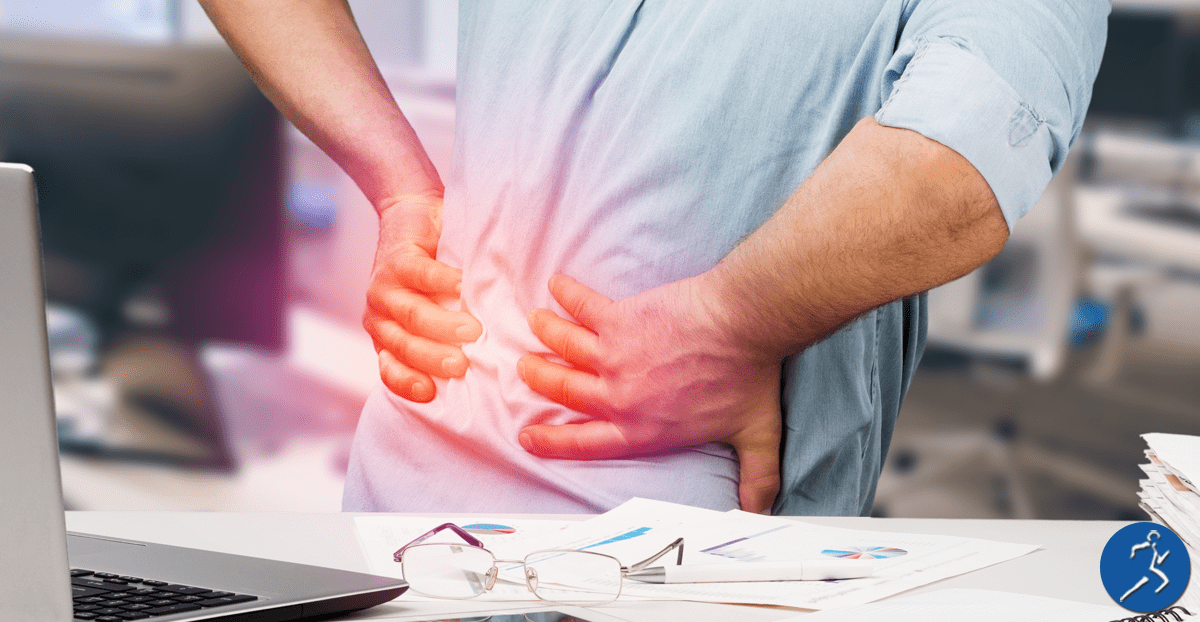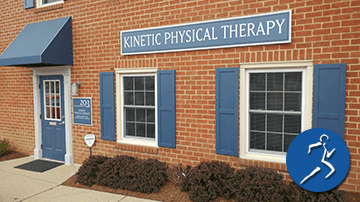
When you have pain in your back, it might be hard to pinpoint the cause. There are different types of back pain, depending on location, severity, and what structures are affected. Let’s take a more in-depth look at pain as it occurs in the back, and what can be done about it.
Back Pain – It’s Complicated
When you have pain in your back, it can be somewhat of a mystery. It’s very subjective, it may be intermittent, and it’s different in every person. What might send one person running to urgent care may be barely noticeable to another person. Everyone’s pain threshold is different. You’ve got several structures working together in the back, and they overlap and interconnect, working together to keep you going. During the course of a day, you may be using bad posture, bending incorrectly, using your back to pick things up, twisting, overstretching… there are lots of things that can go wrong, even if you’re on your best behavior with your back.
Structures of the Back
When you’re feeling back pain, one of the first things to figure out is what is actually hurting. It could be caused by injury to the tendons or ligaments in the back. It might be the large muscles that provide support to your spine. It’s not uncommon to experience pain in the spinal nerves that originate in the spinal canal but extend to the extremities. Along the back of the spine, you have what are called facet joints that connect the vertebrae. Most of us have heard of a bulging or herniated disc. These intervertebral discs provide cushioning for the bones in the spine and can be quite painful when they are injured.
Diagnosing Your Pain
To make a diagnosis, your physician may consider several separate tools and tests. The first thing they need to do is to take a medical history. They will ask you to identify the source of the pain, but this may be difficult to pinpoint. You will be asked to describe your symptoms, and they will do a physical exam.
You may be referred for an MRI, an X-ray, or other diagnostic tests to make the correct diagnosis. Unfortunately, all these tests may be necessary when the doctor is trying to find the source of pain accurately.
Three Types of Pain In Your Back
Pain typically shows up in three forms in the back… radicular pain, referred pain, and axial pain. Here’s a brief description of each type.
Radicular Pain
This type of pain usually appears when a problem with the spinal nerve root causes sharp pain, resembling an electric shock. This typically happens when the spinal nerve root is inflamed or compressed. If this pain is present in the lower back, it may travel down the leg as sciatica. Radicular pain is a good indication of a herniated disc, spondylolisthesis, or even spinal stenosis.
Referred Pain
Referred pain is usually an achy, dull pain. The point of the pain may not be the actual cause of the pain, as this type of pain tends to move around with changes in severity. For example, a person with degenerative disc disease in the lower back may feel this pain in their thighs or hips.
Axial Pain
Although this pain sticks to one spot, it can be intermittent, constant, throbbing, sharp, or dull. Common causes of this axial pain are muscle strains, facet joints, and tears in the disc. This pain is also known as mechanical pain.
Treating The Pain
Treating pain in your back is easier once you have an accurate diagnosis. That’s why all the tests and data collection are necessary from the start. In some cases, making a diagnosis can still be tricky, and the pain may even result from psychological reasons. It’s essential to recognize that pain is real and present, even if testing cannot determine the reason.
Back surgery is usually not the first option to treat the pain, and there are good, non-surgical treatment options available. Physical therapy is a frequent treatment, and often, pain can be eliminated under the care of an excellent physical therapist.
At Kinetic Physical Therapy, we frequently work with patients that have back pain and achieve excellent results. If you or your doctor feel you could benefit from physical therapy to treat your pain, contact us, and let’s get started helping your back feel better.


